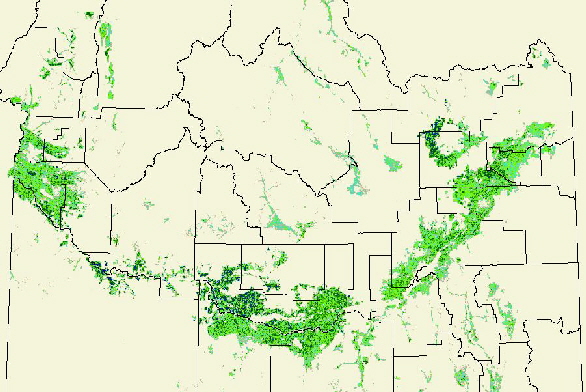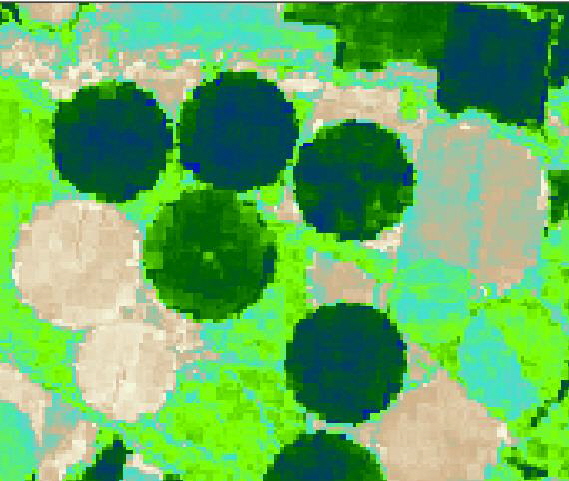METRIC Evapotranspiration Workshop

Technical Workshop
METRIC Evapotranspiration Workshop
Intensive 4-Day Hands-on Training on Applying METRIC (Mapping EvapoT ranspiration at high Resolution
with Internalized C alibration) for Computing and Mapping Evapotranspiration from Satellite Imagery
Tuesday-Wednesday-Thursday-Friday, September 8 – 11, 2015 from 8:30 am to 4:00 pm
1014 Wickson Hall
University of California Davis, Davis CA 95616
This METRIC workshop will provide intensive hands-on training designed for engineers and analysts who wish to learn how to apply the METRIC (Mapping EvapoTranspiration at high Resolution with Internalized Calibration) process. METRIC is a satellite-based energy balance approach for computing and mapping evapotranspiration at the field scale, and is generally applied using Landsat satellite imagery.
Instructors: Dr. Rick Allen and Dr Ricardo Trezza of the University of Idaho Kimberly Research and Extension Center and Dr. Ayse Kilic of the University of Nebraska-Lincoln will instruct the course. Allen’s group developed METRIC over the past 15 years in partnership with Idaho Department of Water Resources, University of Nebraska, Desert Research Institute and New Mexico Tech.
Materials: METRIC application and training is done via Python-GDAL coding, with some supplemental ERDAS Imagine Modelmaker coding. Participants will be trained on programming and using Python environments and ERDAS Imagine, the theory and background behind METRIC, how to calibrate and apply METRIC in a proper, intelligent and accurate manner, and how to develop monthly and growing season estimates for ET. Participants will be provided with a METRIC training manual and the Level 1 METRIC code.
Hardware: Each participant will have access to a desktop computing system. The desktops will be set up with all the necessary software including ERDAS Imagine, Python, and GDAL library. Laptops cannot be used for this workshop.
Prerequisites: Participants should be prepared for this course by having sufficient background in ET fundamentals and aerodynamic and radiation physics. Basic image processing experience and remote sensing experience is useful but not essential. A primer for the course that is highly recommended is: “An Introduction to Environmental Biophysics” by Gaylon S. Campbell and John M. Norman, available from Amazon.com. More information about METRIC is available at: www.idwr.idaho.gov/GeographicInfo/mapping_evapotranspiration.htm and http://extension.uidaho.edu/kimberly/2014/06/metric-mapping-evapotranspiration-at-high-resolution-and-internalized-calibration/
Note: Approximately two weeks prior to the workshop attendees will be directed to a special webinar by Hexagon Geospatial, Inc., on the general features of ERDAS Imagine.
Mosaic of METRIC ET of irrigated land in S Idaho for year 2000
Close-up of METRIC ET image in Spain 2003
